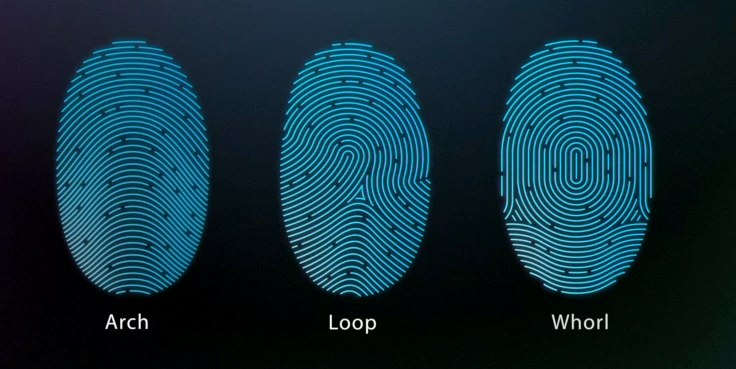iPhone will not recognize cut fingers

The innovation of the iPhone 5S - an easy-to-use verification button with a fingerprint scanner did not become a super sensation, but suddenly made the mainstream of biometric protection. And those who have at least a little imagination began to worry that thieves who want to steal a smartphone will also deprive its owner of a finger so that you can use your stolen phone.
Almost immediately after the presentation in the Apple community , a storm began that was raised due to rumors about another attempt by the American intelligence services to trace you; allegedly all the fingerprints that are being scanned by the new iPhone are sent to a large database of fingerprints, and the base, in turn, will be used to hack your devices.
But none of these problems - at least one of which has since been dismissed as unfounded - were more frightening than the thought that you would be physically disfigured during a robbery on your new iPhone 5S. In recent years, such concerns have been reinforced by messages, such as from Malaysia , about a robbery, in which the robbery deprived the owner of a finger in order to start the car while stealing a biometric protected Mercedes S-class .
Now that the dust has settled after the Apple Special Event , specialists from the biometric protection field have issued their verdict: Your fingers are safe!
')
Now we know that the iPhone Touch ID uses radio frequency scanning to detect sub-epidermal skin layers, a dynamic that requires the wearer of a finger to be alive and, moreover, “attached to a finger”.
“The RF capacitive sensor technology is designed in such a way that a fingerprint scan needs to be made from a living finger,” says Sebastian Tavo, chief technology officer at Validity Sensors , a California finger scan solution provider. “No one in biometrics wants to talk about severed limbs and dead bodies, but we are still asked to reassure consumers and convey to them that the cut off finger will not work.”
Of course, this new feature of the iPhone 5S does not exclude cases where the victim will be forced to attach his finger to access the smartphone, but it will be a kind of reassuring for those who thought the worst scenarios.
Those who have been following Apple for a long time, their latest development was not too surprised, because it absolutely fits into the company's tradition of taking existing technologies and bringing them to the masses under the guise of innovation. “The technology that Apple has been using for many years, but the big difference is that Apple did a great job,” Tavo says, “it was mainly used on laptops, but apart from locking / unlocking the device, it had no application . ”
“Now, with the release of this technology from Apple, they can be said to learn the market, and this is very important ... We are already seeing how the Android world is starting to deliver such devices in a couple of months”
Source: https://habr.com/ru/post/193990/
All Articles